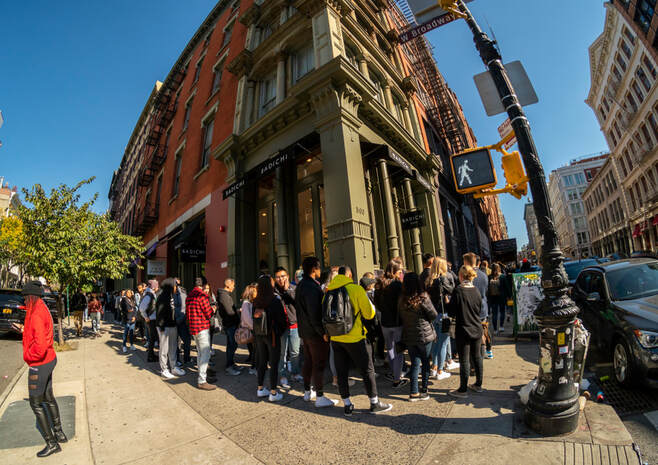|
The term “multicultural consumers” was defined by the US Census Bureau to encompass Black, Latino, American-Indian, Asian, and Pacific Islander populations. Multicultural populations contributed to 92% of total US population growth from 2000 to 2014, and projections are that these populations will become the US majority by 2044.
What is the Multicultural Consumer? Multicultural consumers represent much more than just diverse populations. Multicultural consumers arise because cultures share their experiences, resulting in more varied interests and creating a diversity of thought and diversity of race and culture. Multicultural consumers also have lots of micro-consumer groups. Despite the titles we give them, such as African-American or Hispanics, they are a very diverse group within the larger groups. These micro-consumer groups are interested in the same things regardless of nationality, gender, sexuality, race, culture, etc. Thus, one approach to connecting with multicultural consumers is to understand them through the lens of micro-consumer groups. Looking at them through this lens allows you to acknowledge the overall group and the commonalities among them. It also allows you to recognize and speak to the micro-consumer groups' unique compositions, behavioral patterns, and preferences. These micro-communities hold tremendous buying power and have enormous marketing potential and monetary value for today’s brands, products, and services. Why Should Companies Cater to the Multicultural Consumer? Let’s talk about the facts before we talk about the various ways in which marketing to micro-communities can work. A 2019 report by the Alliance for Inclusive and Multicultural Marketing (AIMM) reports that 5.2% of marketing spend caters to multicultural efforts. Minimizing the importance of this ever-growing segment is bad business. Multicultural consumers make up 40% of the US population. According to the Multicultural Economic Report from the University of Georgia, they have a buying power of $3.9 trillion. In addition, the World Bank estimates that the LGBTQ+ community has a collective buying power of $1 trillion. That’s more than the GDPs of several countries combined! Together, both these figures are nearly $5 trillion - a third of the current US GDP. Too often, businesses ignore this massive and influential market. Why Should Businesses Care About Marketing to Micro Communities In the past, companies have used social media tools and messenger apps to cater to micro-consumer groups. Popular avenues for micro-consumer groups include Facebook Groups, Slack, Discord, Private Instagram Accounts, and Facebook Messenger. These avenues become places where people can talk about specific topics, contribute to discussions, and feel accepted and safe. These communities can talk about everything from video game memorabilia to history to obscure anime, etc. Very few brands have taken it upon themselves to improve engagement in these communities. While a few are trying to foster and nurture micro-consumer groups, there is ample room for improvement. Here are a few examples that other companies ought to follow: Glow Recipe The Korean makeup manufacturer Glow Recipe launched a digital sampling program in April 2020. Co-founder and co-chief executive Sarah Lee has said that the community has been the source of many great insights. Ludovic de Saint Sernin The French fashion designer Ludovic de Saint Sernin has over 94,000 followers on Instagram. However, he has a private account that has nearly 35,000 followers. There, he engages with a more serious, more niche community. Micro-consumer groups can be beneficial for both consumers and businesses alike. These engagements allow participating companies to cater to niche consumers personally, resulting in more meaningful interactions and creating relevant, interesting, and engaging communications.
0 Comments
Leave a Reply. |
AuthorGreg Johnson, Managing Director-Orbital Socket Archives
May 2021
Categories |
Hours9 - 5 Weekdays Closed Weekends
|
Telephone |
|
|


 RSS Feed
RSS Feed

